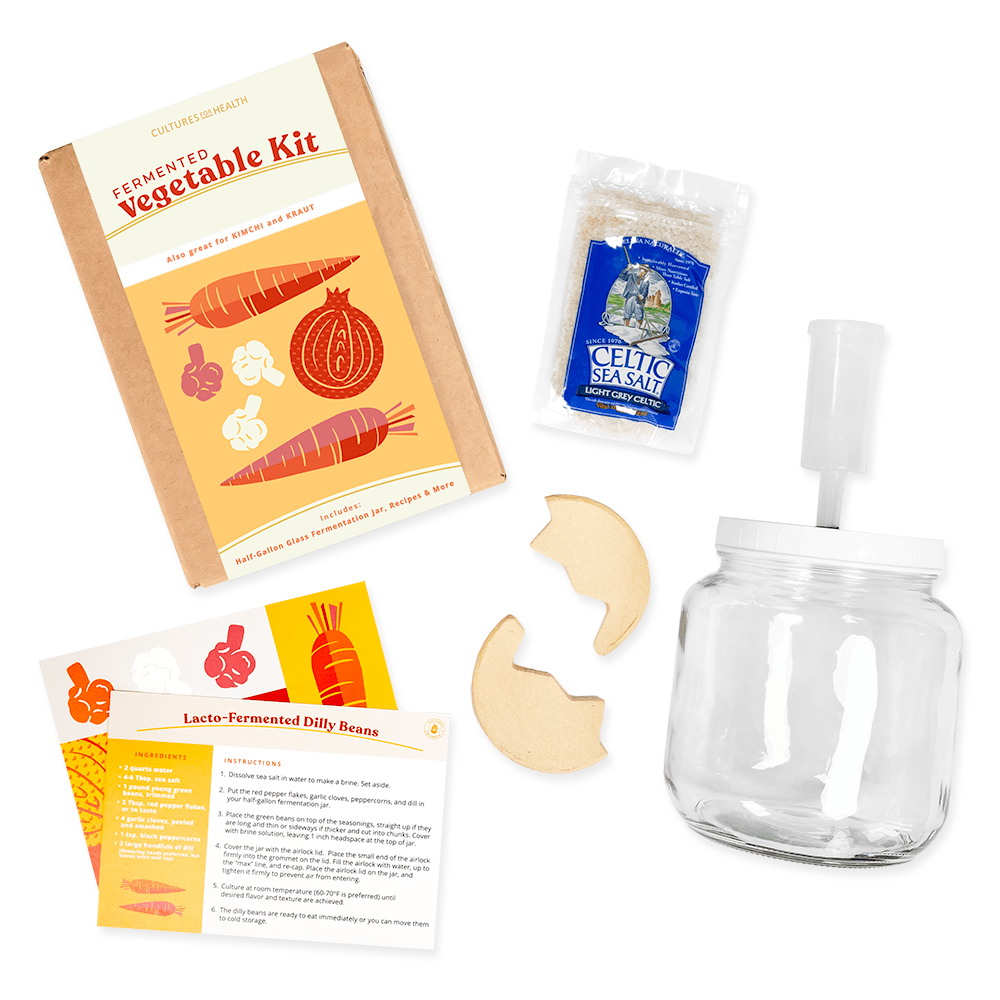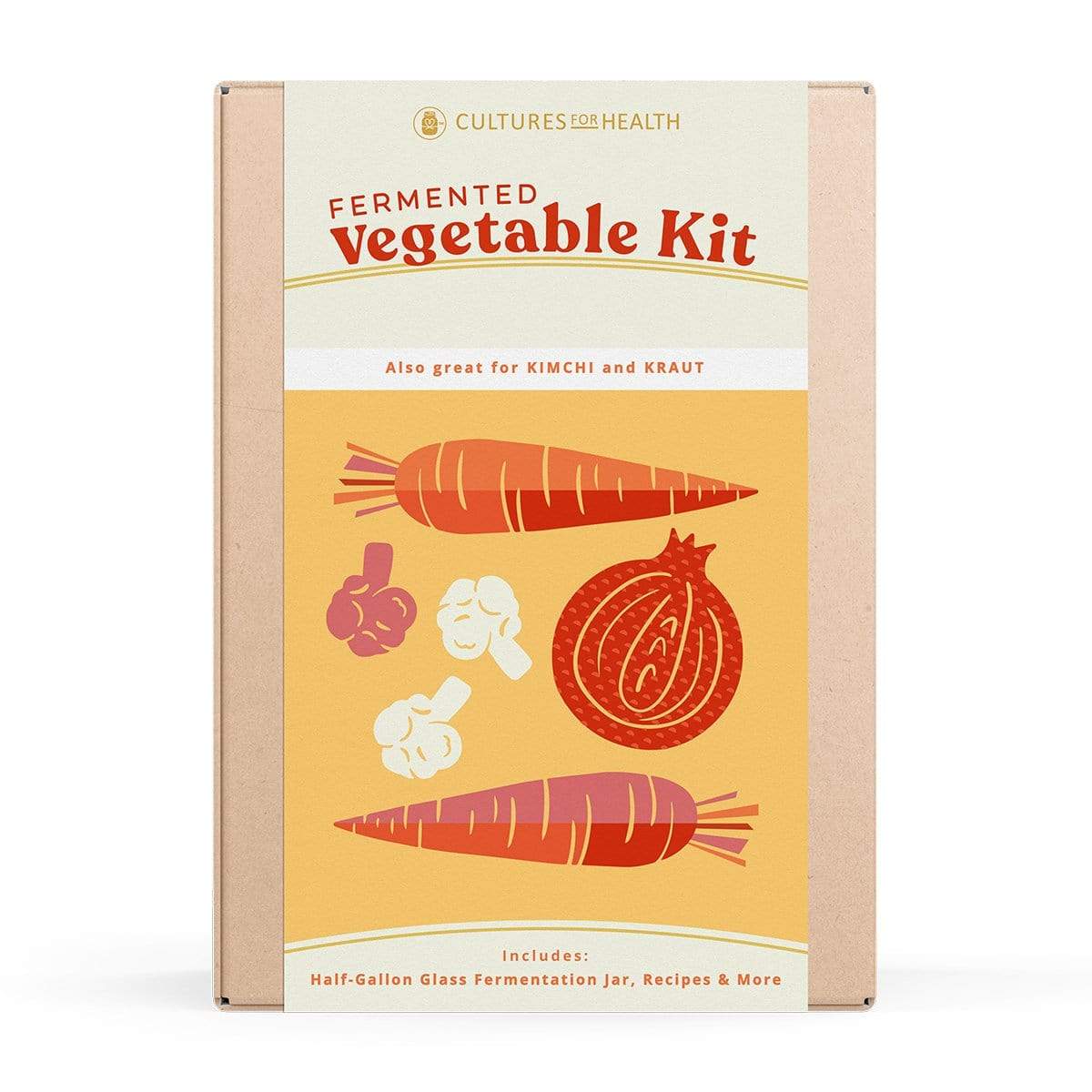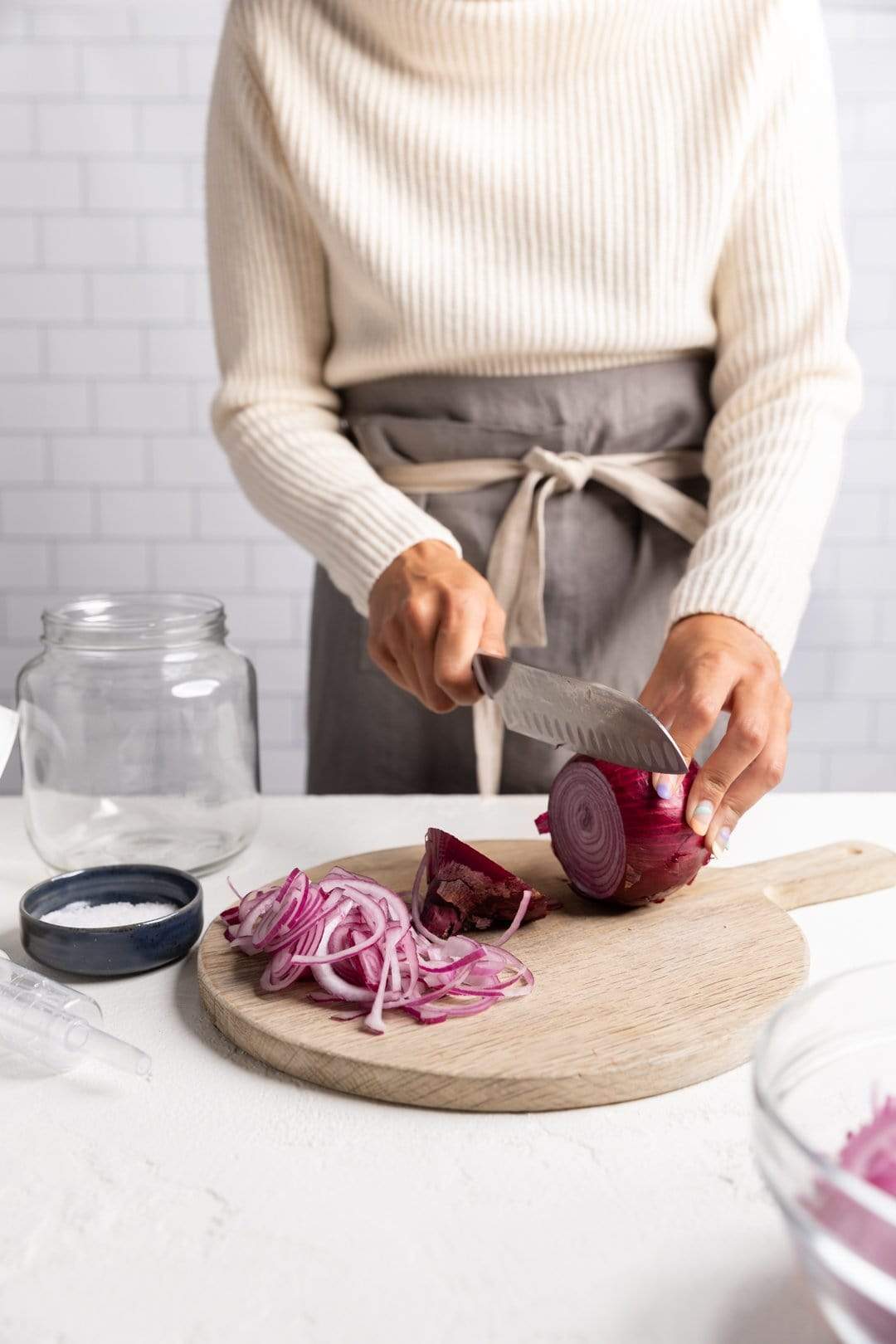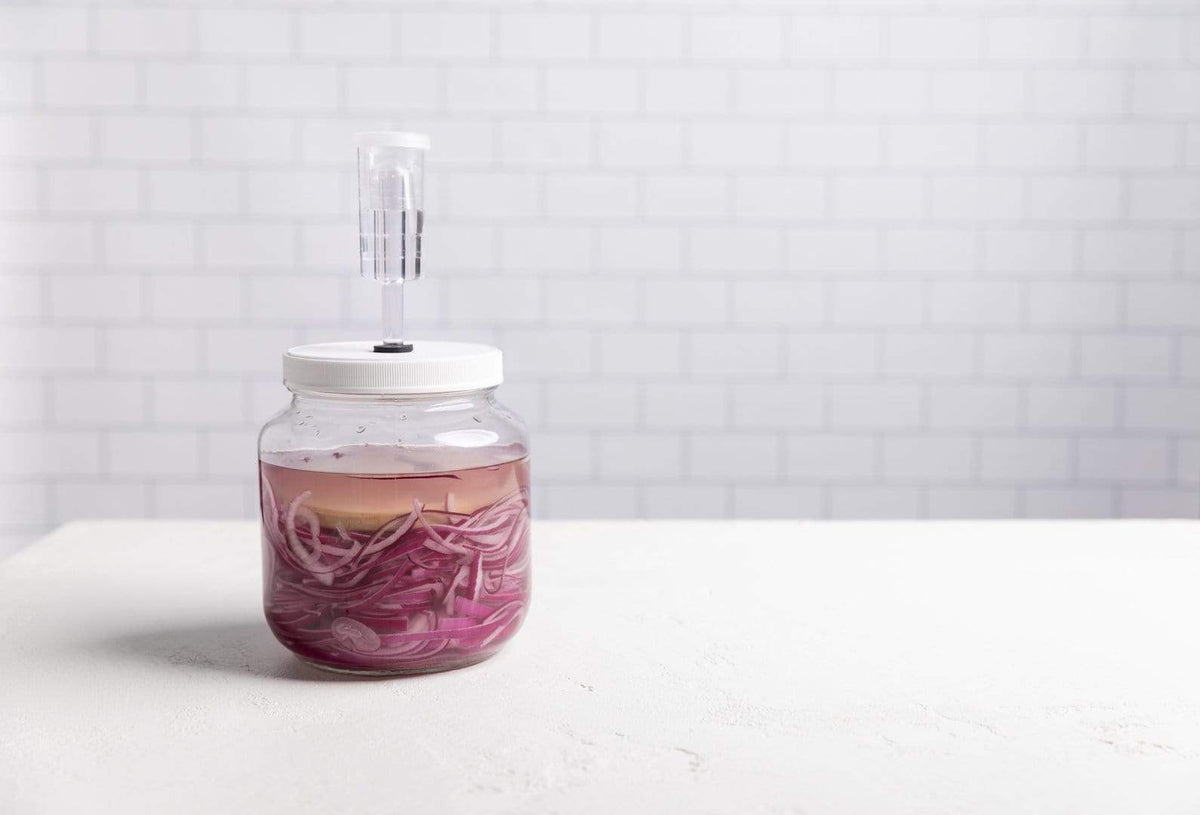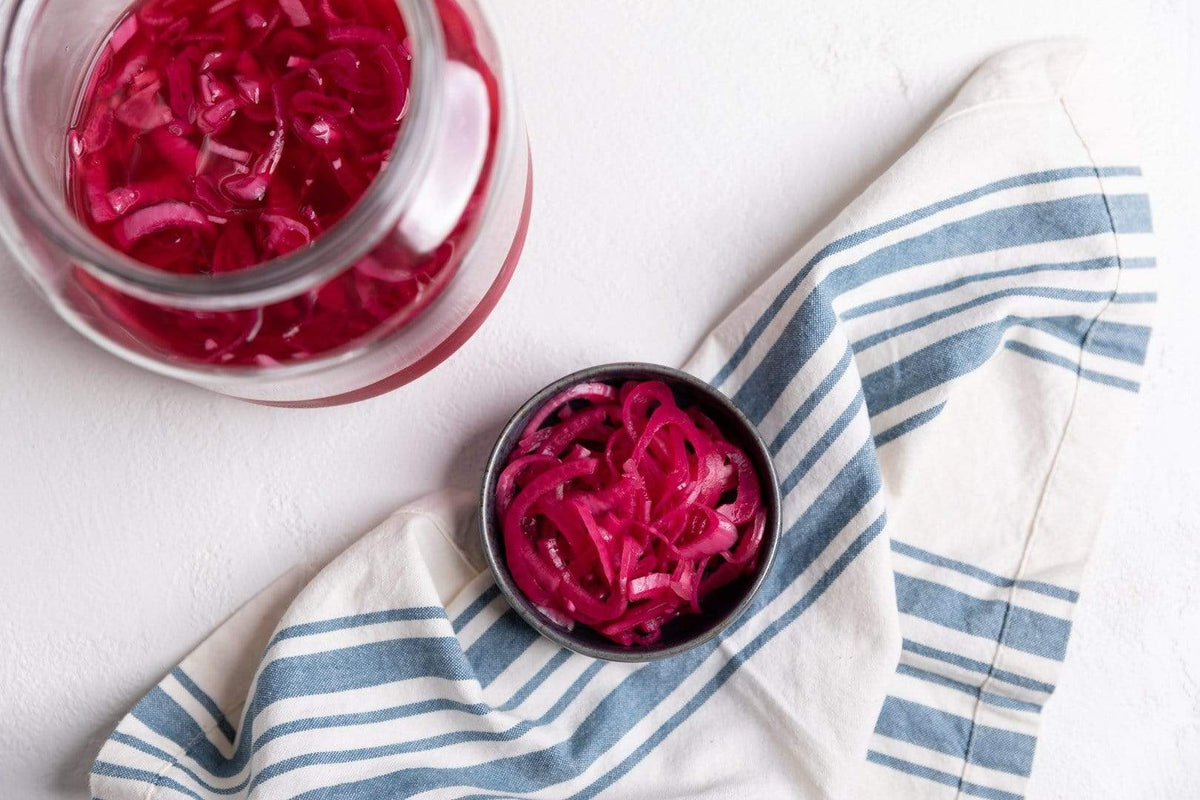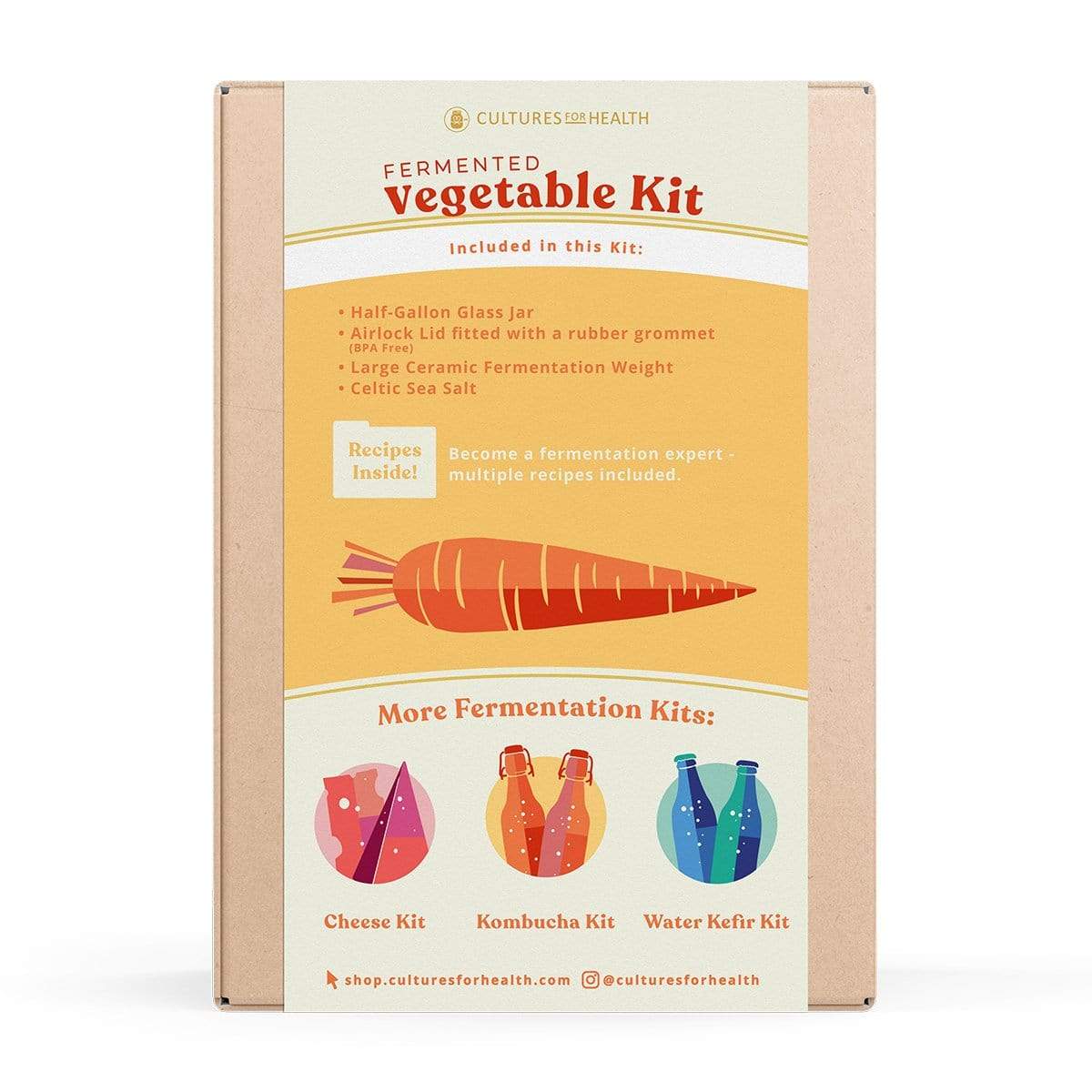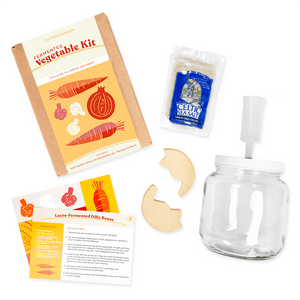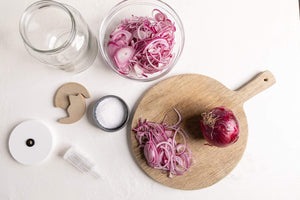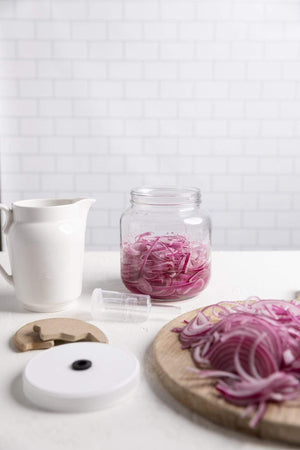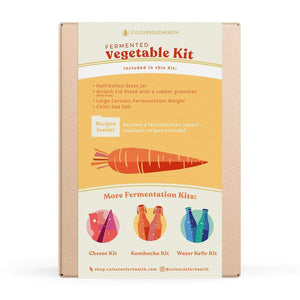
Beans and legumes are notoriously wonderful as a cheap source of plant-based protein. They contain a variety of micronutrients as well, including B vitamins, iron, and calcium. Unfortunately, beans are also notorious for causing intestinal discomfort.
WHY ARE BEANS DIFFICULT TO DIGEST?
Beans contain a complex sugar called an oligosaccharide which is very difficult to break down, both through kitchen preparation and in the digestive system. It is this starch, along with a few other anti-nutrients contained in all legumes and seeds, that causes the most grief.
Neutralizing or eliminating these starches and anti-nutrients can reduce digestive issues caused by legumes and beans. One way to neutralize the embarrassing side effects of eating beans is to sprout them. Another option is to ferment them.
Fermented beans and legumes are not only full of flavor but also nutritious and good for you. Download our Lacto-Fermentation Guide and Recipe book today to start fermenting your beans and legumes at home in no time.
Ferment Beans Before or After Cooking?
All legumes contain a fair amount of starch. It is this starch that will allow the beans to ferment. Many people soak beans and legumes in preparation for cooking them. If soaked long enough, in a warm location, the beans will begin to ferment in the soaking water.
If you want fermented beans then this is good. On the other hand, you will be fermenting them using a wild strain of bacteria instead of a more controlled strain. Furthermore, beans tend to stink when they ferment. It is not the pleasant sour smell that grains give off when fermented. It can be so bad that you would be hard-pressed to delineate between fermented soaking beans and a pot of rotten beans.
Another thing to consider is that beans must be cooked before they can be eaten. They are very tough, and need rehydrating, and the cooking process further breaks down those hard-to-digest starches and anti-nutrients.
So even if those beans ferment while soaking, you will still have to cook them in order to make them edible. That cooking process will eliminate any beneficial enzymes or probiotics that have been added to the beans through the fermentation process.
So, for all of those reasons, we recommend that you ferment your beans after cooking instead of before.
Preparing Beans for Fermentation
Fermenting beans will help to make them more digestible, but you need to start with properly prepared beans in the first place. Here are a few tips to cook great beans for eating fresh, and fermenting:
- Soak them at least 24 hours, in warm water, in a warm place.
- The more times you can change the soak water and rinse, the better. Pouring off that grungy soaking water will also throw out some of those tough-to-digest starches.
- Cook the beans slowly and for a long time in plenty of liquid. The long, slow cooking process will help in breaking those starches down. A pressure cooker can also help in this regard.
- Add tasty additions like garlic, onions, spices, and herbs to your cooking pot of beans for good flavor.
Once you have a good pot of beans ready to go then you can get into fermentation.
HOW TO FERMENT COOKED BEANS
Fermentation of beans and legumes is really as simple as adding a culture to cooked beans. You can use any of the following:
- Whey from cultured yogurt or kefir
- Kombucha or water kefir
- Brine from a batch of lacto-fermented vegetables
Fermented Vegetable Kit
All of these have the bacteria, and yeasts in the case of kombucha and milk or water kefir, that can convert the starches in the legumes into a probiotic- and enzyme-rich bean dish.
Add about a tablespoon of culture to every cup of beans. Or, in the case of a powdered culture, use the recommended amount.
Once the culture is added to the beans you need to break the skins of the beans in order for the culture to penetrate past the skins and into the starch. You can mash them, similar to refried beans, or you can gently bruise them just enough to break the skins. Then you can flavor them with herbs, spices, or onions and garlic. You then allow them to culture in a sealed container in a warm place for several days.
Be careful as the fermentation process will produce gases that must be released. Be sure to keep an eye on your jars or vessels and watch for protruding lids, which are be an indicator of too much gas build-up. “Burp” the jars daily to release any gas in the vessel.
You can then eat them as an addition to a cold bean salad, served as a mashed bean dip, or as a delicious addition to salads.
Looking to start fermenting beans and legumes? Download our Lacto-Fermentation guide and recipe book today!













